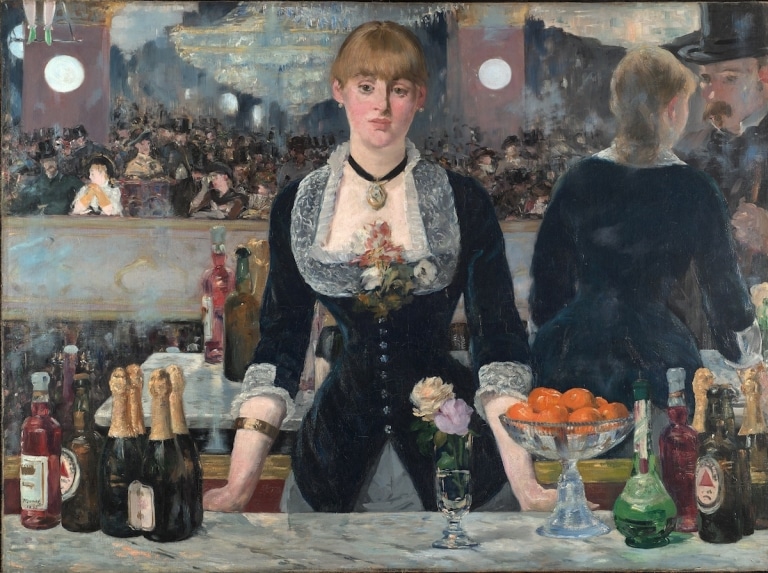From Rasmussen Reports:
Floyd's death generated enormous publicity and a sizable increase in
support for the Black Lives Matter movement among whites (to 43% in
Civiqs polling) as well as blacks (to 69%).
That support was accompanied by widespread misperceptions of the
magnitude of police shootings of blacks. As Canadian political scientist
Eric Kaufmann points out, a Quadratics survey in fall 2020 found that 8
in 10 African Americans believe black men are more likely to be killed
by police than die in an auto accident, as did 53% of white Biden voters
but only 15% of white Trump voters.
Actually, thousands of black men die in auto accidents every year,
while fewer than 300 a year, according to The Post, are killed by
police. Similar questions showed that similarly wide divergences from
reality are apparent on other racially charged questions, and indeed,
ordinary people often have enormous misperceptions of many statistical
relationships.
In any case, as Manhattan Institute
scholar Coleman Hughes has argued, "The public perception of bigotry
has surpassed the reality to such an extent that it has become a moral
panic." Hughes blames "critical race theory and intersectionality" for
"the misperception that bigotry is everywhere, even as the data tell a
different story: racism exists, but there has never been less racism
than there is now." (Read more.)
From Live Action:
Beyond committing abortions, Planned Parenthood has been found to
have repeatedly discriminated against even their own employees for their
race, and even for choosing to have children. Hundreds of former employees have accused Planned Parenthood of systemic racism and of embracing white supremacy, which affected both staffers and patients alike.
Employees claimed
Planned Parenthood of Greater New York (PPGNY), for example, put into
place “a revenue-driven, assembly-line approach to PPGNY clinics – one
that put patients, and in particular Black and other patients of color,
at potential risk.” Planned Parenthood staffers would allegedly also
visit schools where the majority of students were Black, or other
minorities, and pressure them to receive long-term contraceptives like
IUDs. “You’re talking about public schools where black and brown
children are because they’re so hypersexual and need to be controlled?
It’s a direct link to the history of forced sterilization,” former
employee Michelle Adams said in an interview with Jezebel.
Laura McQuade, PPGNY’s former CEO, was eventually fired after hundreds of staffers accused her of racist, abusive behavior.
Planned Parenthood staffers who were pregnant have said they received no allowances
for their condition, claiming they were forced to work long shifts, on
their feet for hours and with few breaks. One staffer was harassed into
coming back to work from maternity leave early, even though she had
given birth prematurely. Others also said they faced discrimination, simply for being pregnant — ranging from managers refusing to hire pregnant women, and staffers feeling pressured to never get pregnant. Most Planned Parenthood facilities reportedly do not provide maternity leave.
McGill Johnson can disavow discrimination, but it’s still happening within her organization.
McGill Johnson claims that Sanger’s reckoning lies in the work that
comes next. This is very true. Planned Parenthood, if sincere, could truly
leave this mindset behind, and embrace actual health care. They could
help Black women overcome the injustices and obstacles that lead them to
feel their only option is to have an abortion, and empower them to keep
their children. They could provide prenatal, pregnancy, and postpartum
care to low-income women. They could use this moment to truly make a
difference, and leave Sanger’s legacy behind, once and for all.
But this seems unlikely to happen. After all, former Planned Parenthood president Dr. Leana Wen was fired
for hoping to focus less on abortion and more on legitimate health
care. Any talk of abandoning Margaret Sanger’s dangerous beliefs is
meaningless when Planned Parenthood is fulfilling her ideals every
single day. (Read more.)
From Dr. Alveda King at LifeNews:
Racism not only rears its ugly head in situations such as the George
Floyd tragedy. Racism is deeply rooted in the socio-economic systems of
America. A classic example of this travesty is the foundation of the
organization Planned Parenthood, whose racist founder was Margaret
Sanger.
In her April 17, 2021 op-ed for
the New York Times, Planned Parenthood CEO Alex McGill Johnson said her
organization would stop making excuses for Sanger. What she meant is
that she wants her friends inside the Beltway and in the media to stop
talking about Sanger’s sordid past, so the organization can quietly
continue carrying out its genocide in the Black community while also
giving lip service to the Black Lives Matter movement and helping to
portray abortion as the very best of things on television and film. (Read more.)
Also from LifeNews:
Thomas, probably the strongest pro-life justice on the high court, mentioned abortion in his concurring opinion in the case Jones v. Mississippi, according to National Review.
The case had noting to do with abortion; the justices upheld a
decision to give life without parole to a minor who was found guilty of
murder. But Thomas noticed that the court seems to treat children
differently depending on the issue.
“The Court’s language in this line of precedents is notable,” Thomas wrote.
“When addressing juvenile murderers, this Court has stated that
‘children are different’ and that courts must consider ‘a child’s lesser
culpability.’”
On the issue of abortion, however, Thomas said the court has made the opposite determination for children.
“… when assessing the Court-created right of an individual of the
same age to seek an abortion, Members of this Court take pains to
emphasize a ‘young woman’s’ right to choose,” he continued, citing
previous rulings. “It is curious how the Court’s view of the maturity of
minors ebbs and flows depending on the issue.”
Supreme Court rulings do allow states to enact parental consent or
parental notification laws for minors seeking abortions. However, the
court also ruled that these laws must include exceptions for young girls
to seek a judicial bypass, meaning permission from a judge, rather than
notify or seek permission from her parents.
Currently, 37 states require some type of parental consent or
notification before an underage girl can have an abortion, according to
the Guttmacher Institute.
But abortion advocacy groups are making a concerted effort to end all parental involvement laws for abortions.
An Illinois law requiring that a parent be notified at least 48 hours
before their underage daughter has an abortion is one of their key
targets this spring.
Victims of human trafficking and abuse are speaking out about the
need for such laws, emphasizing how they protect young girls from being
forced or coerced into abortions by abusers. (Read more.)
Share









































